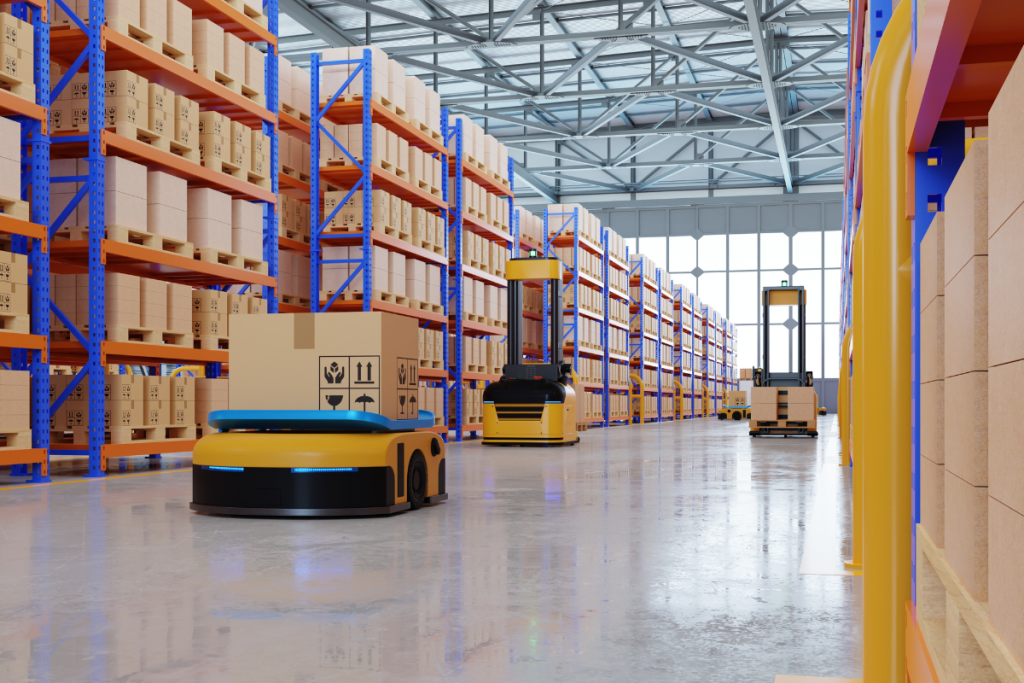A new Hexagon report forecasts that interoperable robots will take over a significant share of routine tasks within the next decade, driven by the economic logic of autonomy and a shift toward human-centered integration. But success will depend on rethinking both technical architecture and workforce engagement.
AI Is Fueling a Robotics Surge But Integration Still Lags
Hexagon’s Future of Robotics 2035 report outlines a dramatic shift: robots, once siloed and task-specific, are now being deployed as interoperable systems expected to manage nearly half of industrial and service-level routines by 2035. This pivot is being accelerated by generative AI. According to the report, 82% of organizations increased automation investments in the past year as gen AI opened new pathways for task orchestration, exception handling, and flexible deployment. Forrester’s 2025 emerging tech outlook confirms the trend, citing a 25% acceleration in robot investments across categories last year.
Yet despite this momentum, 41% of companies surveyed cite integration with legacy systems as a primary barrier. Fragmented infrastructure, proprietary interfaces, and outdated process logic continue to stall adoption timelines. The most advanced deployments, often in logistics and precision manufacturing, show that gains are possible, but only when robotic systems are embedded within a broader data and IT modernization strategy.
Human-Centered Autonomy Is Emerging as a Differentiator
Rather than replacing workers outright, the most resilient companies are designing robots that enhance, not displace, human roles. “Autonomy is not about replacement. It’s a scaffold for human potential,” said Hexagon CTO Burkhard Boeckem in an official statement. The report emphasizes that organizations deploying robots with empathy and transparency, from pilot to scale, see markedly better adoption. That includes practical steps such as involving operators early, creating reskilling pathways, and ensuring that human oversight is built into autonomous workflows.
Public perception is also shifting. While skepticism persists, Hexagon notes that curiosity is rising, especially when deployments are visible and humanized. Examples range from warehouse selfies with inspection bots to active recruitment into retraining programs for robotics supervisors. In regions grappling with labor shortages and demographic decline, such as Japan and parts of Western Europe, robotics is fast becoming a necessity, not a novelty.
Designing for Quiet Integration, Not Disruption
As the race toward 2035 unfolds, the most impactful robotics strategies may be the least flashy. Instead of breakthrough demos or humanoid prototypes, competitive advantage will likely come from quietly embedded systems that blend into workflows and adapt in real time. That requires not only interoperable hardware and AI logic, but also reimagined change management, where people remain at the center of the system.



